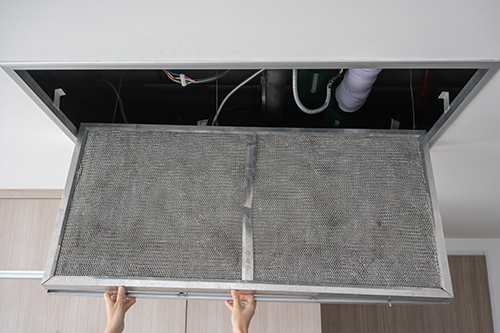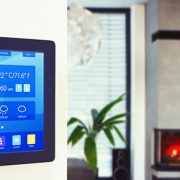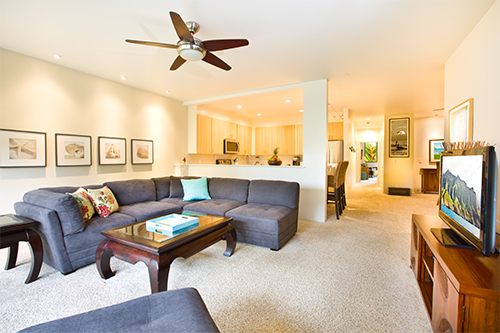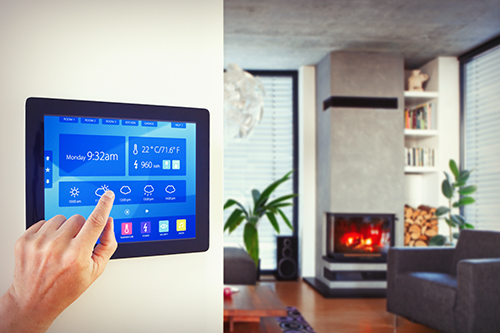Must-Read Reasons Why It Might Be Time To Replace Your Airducts

Replacing the ductwork on your property isn’t something you’re likely to think about too often. After all, they’re not the most visible part of the home and most of the time you’re not going to be aware as to whether they’re working properly or not.
Just like everything, however, ducts get less effective over time. As they degrade, the air quality in the property starts to worsen, more allergens spread through the air, and the risk of spreading damp and mold will increase.
Here, we’re going to look at the signs that your ductwork has seen its best days and is due for a replacement. These are the most common signs that any homeowner can see, smell, or hear, but make sure you have a professional take a look to let you know what kind of work is or isn’t necessary.
Dust is Getting Everywhere
Your ductwork should be ensuring that airflow through the home is smooth and unobstructed. When the ducts have holes, cracks, gaps, or sealing that has degraded, dust gets into it. When dust gets into the ductwork, it’s spread all around the home. As a result, you might find yourself having to dust and vacuum much more often.
Lots of Noise from the HVAC system
Has your HVAC system got a lot louder as of late? Has it always been particularly loud? That’s a sure sign that the ducts are imbalanced or too small for an HVAC system that has since been upgraded, or simply been mismatched.
When the ducts are too small for the HVAC system, it tries to push a lot more air out through that small hole, causing damage to the ducts and the HVAC system and raising the energy cost of using both.
There’s a Musty Smell in the Air
If there’s a musty or damp smell in the air of the home, it’s a sign of mildew. If your vents are cold, but your HVAC system is spreading warm air through the air, the moisture in that warmth can turn to condensation. Condensation builds over time, forming damp patches that give way to mold and mildew. If the condensation leaks, it can even spread mildew to the roof and drywall.
Mildew can drastically decrease the air quality in the home and can cause serious health concerns contributing to or exacerbating asthma. You can stop condensation from forming in the ducts by better insulating the ducts or decreasing the humidity in the air traveling through it.
Inconsistent Home Temperatures
Do you have trouble getting the temperature in the home to the level that you want it? Do certain areas of the home seem cooler or warmer than the rest? There are a few problems with your ductwork that could be the cause.
For one, ducts that are loosely fit or poorly insulated are very bad at controlling their temperature. Ducts that are carrying cool air through the home will leak that cool air into the interior walls, which can cause certain areas to get much cooler while the areas that the cool air is supposed to be reaching don’t cool as much as they should. Similarly, air moving through heating areas will pick up that heat and redistribute it through the home.
The Dangers of Keeping Faulty Ductwork
The problems above should be enough reason to consider getting a replacement. However, faulty, poorly fit, or dirty ducts can cause a whole range of problems. Here are just some of the most common and why you should be concerned:
- Damp and mildew can spread through the home, damaging structures and items until entire walls, ceilings, and furniture need to be replaced
- Faulty ducts will cause your energy bills to go sky high as your HVAC struggles to heat or cool the home
- Old ducts can cause your air conditioning and heating system to struggle much harder, which can cause more damage to those systems over time, necessitating more expensive repairs
- Poor air quality is a common result of faulty ducts. This means more dust, dirt, mold, and allergens in the air. This can cause severe respiratory problems if left unaddressed over time
For your health, your finances, and your peace of mind, it’s best not to let faulty ductwork have a place in your home for too long.
The Benefits of Replacing your Ductwork
Contrasting with the dangers of letting faulty ductwork stay in the home, there are significant benefits to replacing it as well. Here are some of the advantages of new ductwork that anyone can enjoy, even if they can’t find specific faults in the old system.
- New ductwork is almost always going to be more energy efficient. By better transporting hot and cool air through the home, you stress your HVAC systems less, resulting in lower energy bills
- As a result, you will be able to control the temperature of the home much more effectively. No more waiting for hours on end for the home to heat up in the winter or cool down in the summer
- An improved air quality in the home will make the air much easier to breathe and better for the health of the family
- Investing in the ductwork can improve the longevity of the entire HVAC system. By offering more efficient airflow solutions, the less stress on your AC and heating will reduce the amount of wear and tear done while they are in use
Even if there aren’t any immediately noticeable problems with your ductwork, a full test and a replacement can help you highlight how much you could be saving in energy costs and how much more comfortable it could be to update to a more efficient system that helps better distribute air around the home.
Is it Time to Replace your Ductwork?
If you’re concerned that your HVAC systems are starting to degrade, get in touch with CFM Pros for our blower door test and duct test. We can identify any issues that could endanger the health of you and everyone in the home.







